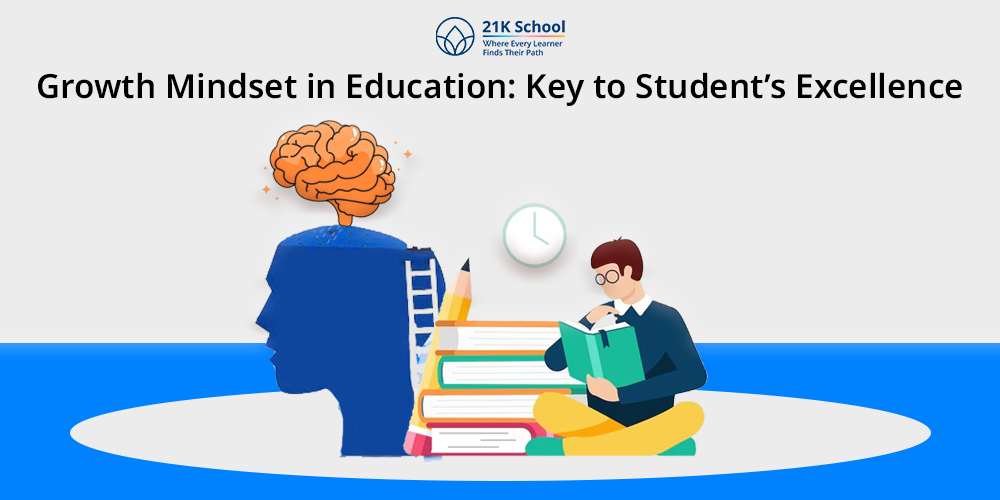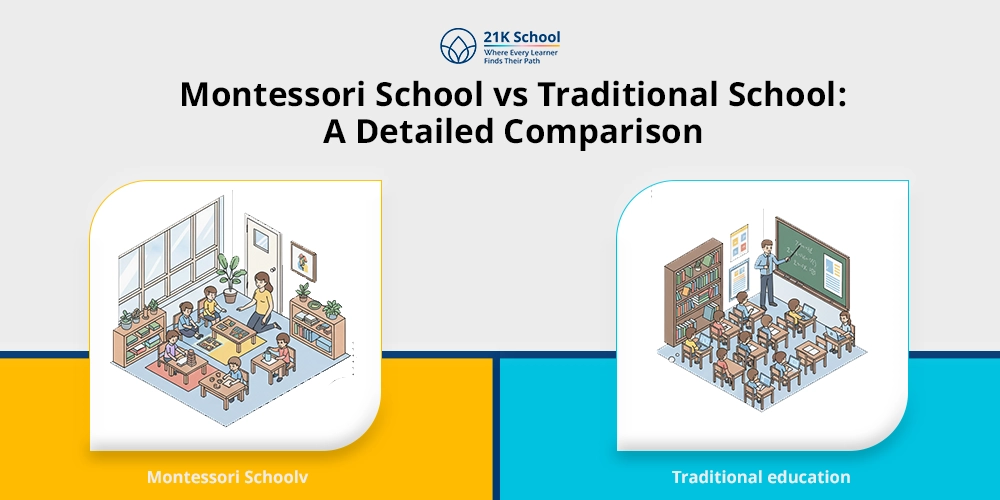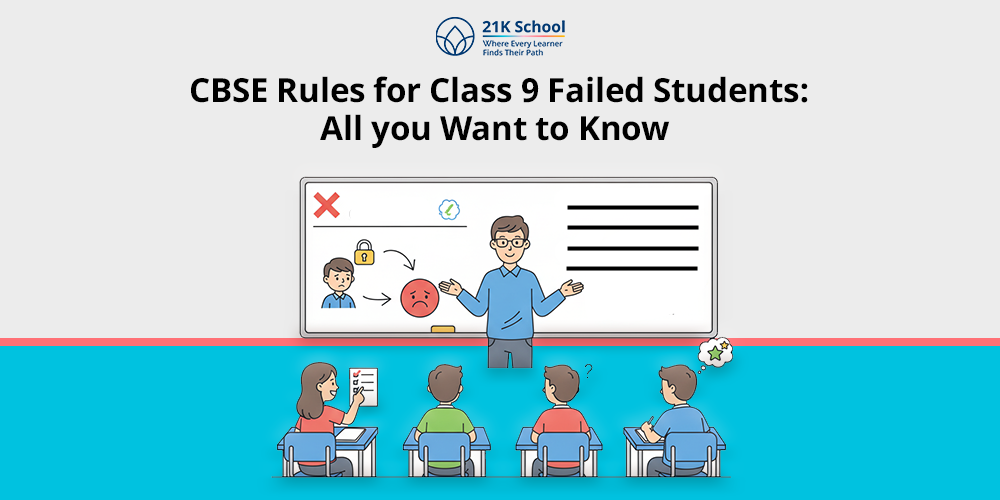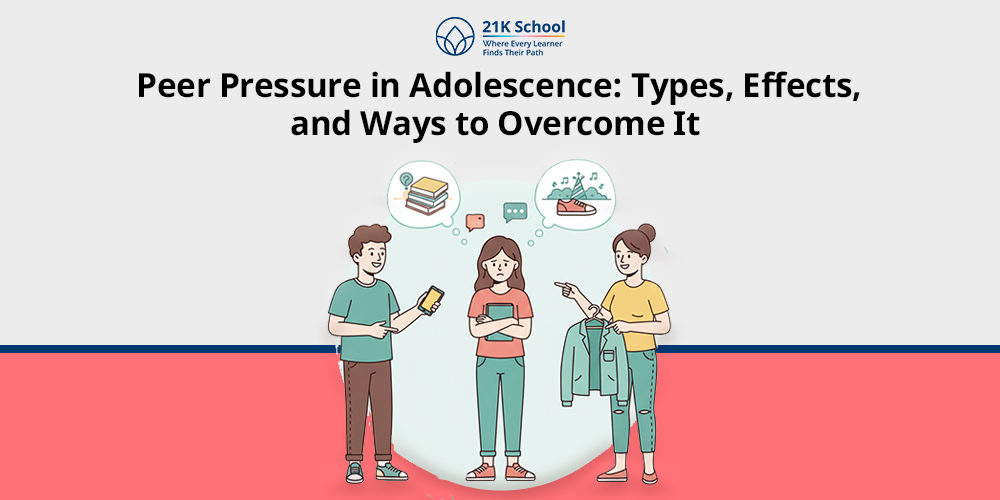
Did you know how some students get back to learning and try even harder after a problem. While others feel sad and stop trying?
The difference of choosing the right path is not in the intelligence of students, but in their mindset. A right mindset can guide towards a growing future.
In modern education many teachers, parents, and students are exploring the power of the growth mindset.
Growth mindset, simple and powerful belief that abilities can be developed with effort, learning, and persistence.
Many students back up and think “I am not good at this” or “I can’t do it,”. However, students with a growth mindset think the opposite, “I can’t do this yet, but with practice.
This shift in thinking helps them to overcome challenges, handle failure, and ultimately succeed in life. To walk on the right path, let’s explore what a growth mindset really means in education.
Contents
- What is the Growth Mindset in Education?
- How to Develop a Growth Mindset in Education?
- 1. Identify Your Current Mindset
- 2. Embrace Challenges
- 3. Learn from Mistakes
- 4. Change Your Perspective on Failure
- 5. Praise Effort and Persistence
- 6. Create a Supportive Learning Environment
- 7. Continue To Learn
- 8. Write Down Your Goals
- 9. Seek Out Constructive Feedback
- 10. Surround Yourself With Growth-Minded People
- 11. Celebrate Your Small Wins And The Success of Others
- 12. Integrate Growth Mindset into the Curriculum
- Benefits of Growth Mindset in Education for Students
- Common Challenges and Solutions in Implementing Growth Mindset
- Examples of Growth Mindset In Education
- Difference Between: Fixed Mindset vs. Growth Mindset
- Conclusion
What is the Growth Mindset in Education?
A growth mindset in education means understanding that intelligence and abilities can be developed through dedication and hard work, instead of being fixed traits.
In simple words, a student with a growth mindset thinks that hard work, effective strategies, and guidance can help them in improving their academic performance.
This not only ensures academic growth but also reduces obstacles. However, individuals with a fixed mindset believe that their abilities are fixed and cannot be improved.
By encouraging a growth mindset, educators empower students to embrace challenges, persist through difficulties, and view failures as essential steps in the learning journey.
How to Develop a Growth Mindset in Education?
Development of a growth mindset is an essential part of many educational institutions. However, it’s not a one day task.
Here we will explore how to develop a growth mindset in students while learning:
1. Identify Your Current Mindset
The initial step is self-awareness. Identifying your current mindset means teachers and students both should show their trust on their current intelligence and learning.
Do mistakes provide strength for new opportunities or failure? Identifying the fixed mindset can help individuals to consciously shift their perspective.
2. Embrace Challenges
Challenges are a crucial part of life; it should not be feared instead welcomed. Because embracing challenges helps out in many ways.
Students with challenges step out of their comfort zones, tackle difficult projects, and look at it as opportunities to become stronger rather than obstacles to avoid.
3. Learn from Mistakes
Mistakes are irreversible but students can learn from mistakes. It helps students to learn effectively.
Instead of running away from mistakes, face them, analyze them, understand what went wrong, and use that knowledge to improve in future.
4. Change Your Perspective on Failure
Changing your perspective on failure means taking failure can become a stepping stone towards success. While one needs to change the perspective.
Explaining students’ settings back is not a solution they should obtain valuable insights that contribute to long-term gains.
5. Praise Effort and Persistence
Praising the effort and persistence of students is much more important than encouraging success or results.
Parents and teachers should praise students’ strategy and dedication. This ensures the idea that hard work and perseverance lead to improvement.
6. Create a Supportive Learning Environment
Creating a supportive learning environment by educators guides students in their academics. From risk-taking, open discussions, to constructive feedback everything ensures a growth mindset.
It is important because if students feel safe to express their ideas and make mistakes, they are open to engage deeply with learning.
7. Continue To Learn
Continuing to learn means students need lifelong learning . This happens by promoting curiosity and an environment to discover.
Students become more motivated to explore and expand their knowledge when they understand that learning or knowledge is not limited to classrooms.
8. Write Down Your Goals
Writing down goals is an ideal way that allows students to track their progress, celebrate results, and adjust strategies.
This will ensure they are on the right track and need to focus on the goals.
9. Seek Out Constructive Feedback
Seek out constructive feedback should be in a positive way which motivates students not to de-motivate.
Teach students to actively seek feedback, reflect on it, and use it to enhance their learning in the near future.
10. Surround Yourself With Growth-Minded People
Teachers and other students in the classroom are surrounded to motivate the growth mindset of a student.
Having positive and supportive people near your kid can encourage the sharing of techniques, expertise, experiences, and encouragement during challenging situations.
11. Celebrate Your Small Wins And The Success of Others
We always ignore small victories or the efforts students make to achieve their goals. While acknowledging them keeps students motivated and reinforces progress.
To ensure a learning environment students and teachers can also celebrate other students’ success which ultimately motivates everyone to tackle challenges.
12. Integrate Growth Mindset into the Curriculum
Growth mindset is crucial but it is required in daily learning. Integrating a growth mindset into the curriculum helps students to face challenges and figure out solutions.
Literature, science experiments, and project-based learning are best options to encourage growth mindset concepts naturally.
Benefits of Growth Mindset in Education for Students
A growth mindset provides several benefits for students in education. It offers resilience, encourages an interest for learning, and promotes academic success.
Here’s a more detailed look at the benefits of growth mindset:
1. Increased Academic Achievement
A growth mindset guides students toward better academic achievement to embrace challenges, persevere through difficulties, and view setbacks as opportunities for learning and growth.
This leads students to a safe and secure future, especially in difficult situations.
2. Enhanced Learning and Motivation
Growth mindset provides a dedicated environment which directly enhances students’ learning and increases motivation.
It fosters resilience, encourages a positive attitude toward challenges, and promotes a willingness to learn from mistakes.
3. Positive Impact on Well-being
A growth mindset of students provides a positive impact on their well-being. Interacting with others, taking feedback and improvement in the future ensures a positive environment.
Viewing challenges without stress can contribute to greater emotional well-being and self-esteem.
4. Enhanced Problem-Solving Skills
A growth mindset encourages students to face problems and deal with it without any fear or anxiety.
This helps in building problem-solving skills which leads to finding the most adaptable approach or solution for the problem.
5. Fostering Creativity and Innovation
A growth mindset is always faster creativity and innovation where students embrace challenges, view failure as a learning opportunity, and persevere in the face of obstacles.
This leads to improved creative thinking skills & problem solving techniques in students.
Common Challenges and Solutions in Implementing Growth Mindset
Implementing a growth mindset is simple but there are some common challenges one has to face such as fixed mindset conditioning, difficulty embracing and challenges.
Some common challenges of growth mindset are:
1. Resistance to Feedback
One of the common challenges while implementing a growth mindset students face is resistance to feedback.
Schools and teachers should focus on fostering a culture of learning, actively seeking feedback, and providing support for development.
2. Focus on Results
The pressure to achieve high grades or focus on results may cause students to prioritize outcomes over learning.
To overcome these requires a shift in perspective, focusing on the learning process , and fostering a culture of support and continuous improvement.
3. Blaming or Justifying Mistakes
One of the primary challenges includes blaming or justifying mistakes.
Instead of seeing mistakes as opportunities to learn, students may shift blame or focus excessively on the negative consequences.
To overcome this, make a culture that normalizes mistakes as part of the learning process. This will encourage self-reflection, and promote constructive feedback.
Examples of Growth Mindset In Education
- Students in the classroom are encouraged to experiment with new techniques, materials, and styles, emphasizing creativity over perfection.
- Various science experiments for young scientists where they test multiple times, fail and retry to get success in the end.
- One of the ideal examples includes teachers asking open ended questions to students which helps in understanding diverse fields. It will foster critical thinking skills and opportunity to find solutions.
Difference Between: Fixed Mindset vs. Growth Mindset
A growth mindset in education is the understanding that intelligence and abilities are not fixed traits but can grow with effort, learning, and persistence.
However, a fixed mindset is the understanding that one’s abilities, intelligence, and talents are static traits that cannot be significantly changed or developed.
Here’s a quick comparison between fixed mindset and growth mindset:
| S.No. | Particulars | Fixed Mindset | Growth Mindset |
| 1. | Belief about Intelligence | Intelligence and abilities in a fixed mindset are static and cannot change. | In a growth mindset intelligence and abilities can be developed with effort, learning, and persistence. |
| 2. | Response to Challenges | Fixed mindset students mainly avoid challenges to prevent failure. | However, a growth mindset embraces challenges as opportunities to grow and learn. |
| 3. | Reaction to Failure | In this case, students see failure as a sign of lack of ability and feel discouraged. | Students with a growth mindset look at failure as a learning experience and a chance to improve. |
| 4. | Effort | Fixed mindset people believe effort is fruitless if talent is lacking. | Here, students think effort is crucial for growth and success. |
| 5. | View of Success of Others | Most of the students feel threatened or jealous of others’ success or academic growth. | A growth mindset always inspired and motivated by others’ success. |
| 6. | Focus | The main focus of a fixed mindset is proving oneself and being seen as smart. | It focuses on learning, developing 21st century skills, and continuous improvement. |
| 7. | Persistence | These students give up easily when faced with any challenges and difficulties. | Persists through obstacles and setbacks. |
Conclusion
The growth mindset is not just a common word, it is a transformative method that can reshape the educational experience for students.
By shifting focus from innate talent to the power of effort, resilience, and continuous learning, educators can equip students with the skills they need to thrive academically and personally.
While challenges exist in implementing this mindset, the long-term benefits far outweigh the obstacles.
As students learn to embrace challenges, value effort, and see mistakes as opportunities, they set themselves on a path toward excellence, not only in school but throughout their lives.



